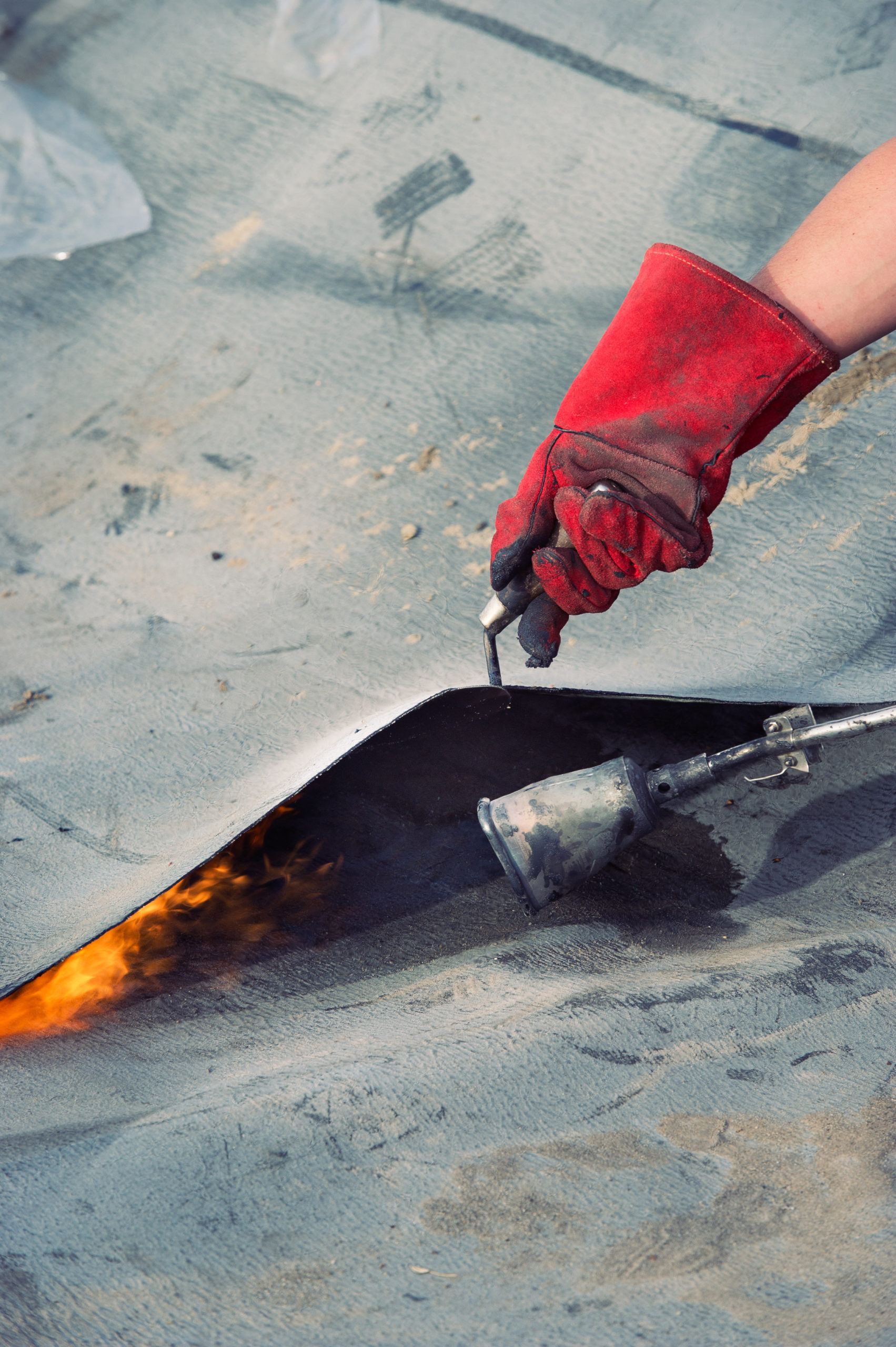Bituminous geomembrane for drainage channels (transportation)
Construction of the A63 motorway between Bordeaux and Spanish border consisted of widening the RN10 (2X2 lanes) into a 2X3 lane road with the construction of an emergency stop strip (BAU).
REQUIREMENTS
- Road under traffic (6,000 to 9,000 HGVs per day) : Safety is priority n°1
- Work carried out on the progress over 104 km
- Maximum tightness at the connection between the emergency stop strip and the ditches.
- BGM should be able to receive and retain vegetable soil on slopes from 2 to 3 meters horizontal for a vertical meter

The support soil must be free of any vegetation. The deployment of BGM is done mechanically. The installation is carried out directly on the ground without geotextile interposition. The surface mass specific of the BGM and the absence of geotextile thus makes it possible to secure the road according to the time of the work: the risks of flight due to wind are thus avoided.
Time saving is also an asset: a single unwinding allows a laying rate of 2,000 ml/day. BGM is anchored at the head of the ditch by metal staples recorded every 5 meters. COLETANCHE has the peculiarity of not tearing due to the inside geotextile when the staples are punctured. The bitumen would even tend to tighten around the perforation (auto-healing).
The vegetable soil is mechanically implemented and then manually taken over by rake to meet the recommended thicknesses (20 to 30 cm). The vegetable soil protects the geomembrane. It should be noted that the plant soil is laid without geotextile or geogrid. The ditch is then grassed throughout the structure. Vegetation will ensure the stability of the vegetable soil and give a good aesthetic rendering.





